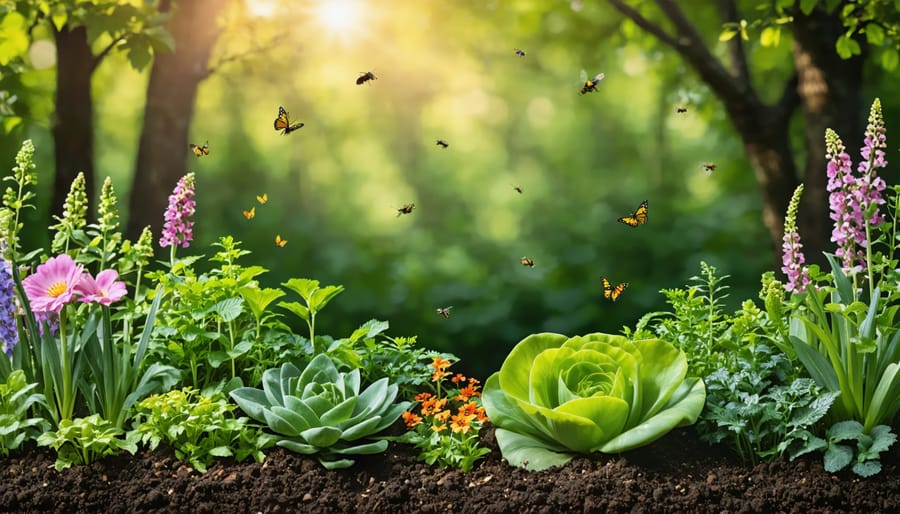
Regenerate Your Garden: A Beginner’s Guide to Thriving Ecosystems
Do you dream of a lush garden brimming with vegetables, fruits, and flowers, all while nurturing the earth beneath your feet? It's a vision many of us share, but sometimes the reality of depleted soil and resource-intensive gardening practices can feel discouraging. What if there was a way to not only grow a bountiful harvest but also actively improve the health of your land?
That's the promise of regenerative gardening. More than just organic, regenerative gardening goes beyond simply avoiding harmful chemicals; it focuses on actively rebuilding soil health, increasing biodiversity, and creating a resilient ecosystem that benefits both you and the environment. This guide will introduce you to the core principles of this transformative approach, providing practical tips and techniques you can easily implement in your own garden. Get ready to unlock the secrets to a healthier, more productive, and truly sustainable home garden!

Understanding the Soil Food Web: The Foundation of Regenerative Gardening
At the heart of regenerative gardening lies a profound understanding of the soil food web. Imagine your garden soil as a bustling city, teeming with life. This intricate network of organisms, from microscopic bacteria and fungi to earthworms and nematodes, work together to cycle nutrients, improve soil structure, and protect plants from disease.
This biological community is critical for plant health because plants depend on the soil food web to convert organic matter into accessible nutrients. Plants get carbon from air, then they secrete sugars to the soil to feed the soil food web. In return, the microbes provide the plant with the macro and micro nutrients the plant needs.
Conventional gardening practices, such as tilling and the use of synthetic fertilizers, can disrupt this delicate balance, harming beneficial organisms and depleting the soil's natural fertility. Tilling, for example, acts like an earthquake on a small scale, destroying the habitat of many beneficial soil organisms and releasing carbon into the atmosphere. Synthetic fertilizers can bypass the natural nutrient cycle, leading to a decline in soil microbial activity.
It’s important to understand the role of mycorrhizae. These are symbiotic fungi that form a close relationship with plant roots, extending their reach and enhancing their ability to absorb nutrients and water. A healthy soil food web supports the growth and activity of mycorrhizae, leading to healthier, more resilient plants. The key takeaway here is that healthy soil isn't just dirt; it's a living ecosystem that is essential for a thriving garden.
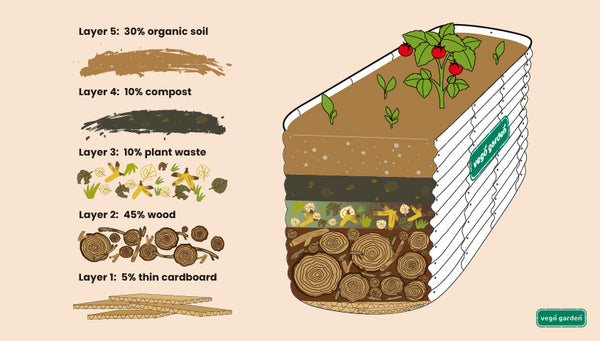
Ditching the Tiller: Embracing No-Till Gardening
Tilling might seem like a quick way to prepare your garden bed, but its long-term effects can be detrimental to soil health. Tilling disrupts soil structure, reduces organic matter, and harms the beneficial organisms that make up the soil food web. Fortunately, there's a better way: no-till gardening.
No-till gardening methods minimize soil disturbance, allowing the soil food web to flourish and improving soil health over time. Two popular techniques are sheet mulching and lasagna gardening. Both involve layering organic materials, such as cardboard, leaves, compost, and grass clippings, to create a rich growing medium on top of the existing soil.
Here's a simple step-by-step guide to creating a sheet mulch garden bed:
- Clear the area: Remove any large weeds or debris from the area you want to convert into a garden bed.
- Layer cardboard: Cover the area with overlapping sheets of cardboard, ensuring there are no gaps for weeds to grow through. Wet the cardboard thoroughly to help it break down.
- Add nitrogen-rich materials: Add a layer of nitrogen-rich materials, such as grass clippings, coffee grounds, or vegetable scraps.
- Add carbon-rich materials: Top with a layer of carbon-rich materials, such as leaves, straw, or wood chips.
- Add compost: Spread a thick layer of compost over the entire bed.
- Mulch: Top with a final layer of mulch, such as wood chips or straw, to help retain moisture and suppress weeds.
No-till gardening offers numerous benefits, including reduced erosion, improved water retention, increased organic matter, and less weed pressure. By ditching the tiller, you're not just saving time and energy; you're actively investing in the long-term health and productivity of your garden.
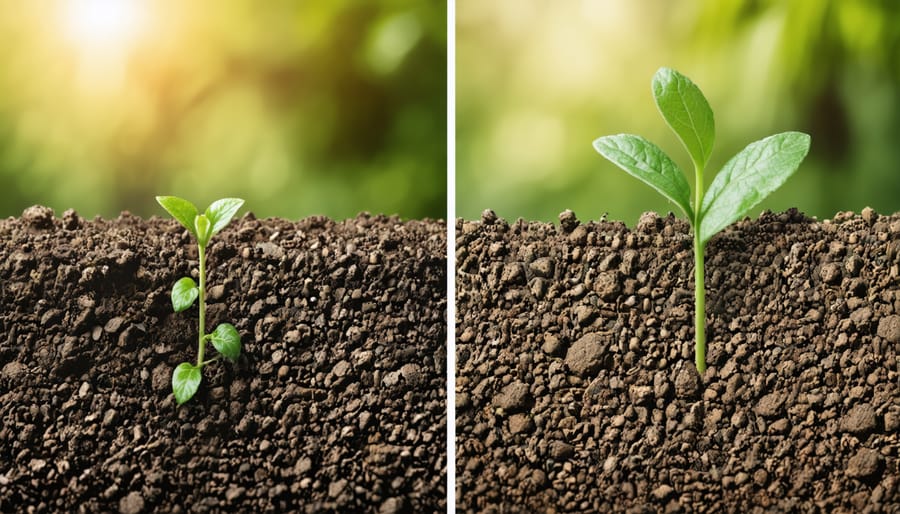
Compost is King: Building Soil Fertility Naturally
Compost is the black gold of the regenerative garden. This nutrient-rich amendment is made from decomposed organic matter, such as food scraps, yard waste, and manure. Adding compost to your garden soil improves its structure, increases its water-holding capacity, and provides essential nutrients for plant growth. It acts as a slow-release fertilizer, feeding your plants over time and reducing the need for synthetic inputs.
There are several composting methods to choose from, including hot composting, cold composting, and vermicomposting (using worms). The best method for you will depend on your space, resources, and personal preference. A simple recipe for creating a basic compost pile involves layering "green" (nitrogen-rich) materials with "brown" (carbon-rich) materials, keeping the pile moist, and turning it regularly to aerate it.
Compost tea is another valuable tool for the regenerative gardener. It is a liquid extract made by steeping compost in water, which is then used to nourish plants and improve soil health. Compost tea is rich in beneficial microbes and nutrients, providing a boost to the soil food web and promoting plant growth. Don’t overlook this step!
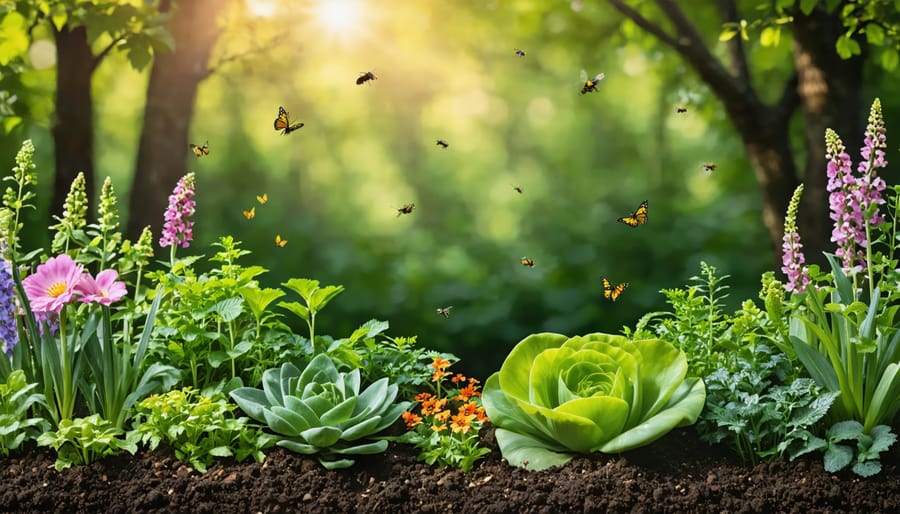
Cover Cropping: Protecting and Nourishing Your Soil
Cover crops are a powerful tool for protecting and improving soil health, especially during fallow periods. These crops are planted not for harvest, but to cover the soil and provide a range of benefits, including preventing erosion, suppressing weeds, fixing nitrogen, and improving soil structure.
Different types of cover crops offer different benefits. Legumes, such as clover and peas, are excellent nitrogen fixers, converting atmospheric nitrogen into a form that plants can use. Grasses, such as oats and rye, are effective at suppressing weeds and improving soil structure. When selecting a cover crop, consider your climate, soil type, and the specific benefits you're seeking.
Cover crops should be terminated before they set seed, either by mowing, cutting, or tilling (although no-till methods are preferred). The plant material can then be incorporated into the soil or left on the surface as a mulch. This process adds organic matter to the soil, further enriching it and feeding the soil food web.
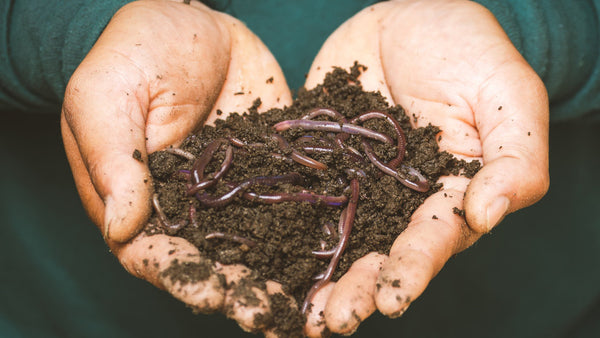
Companion Planting: Harnessing the Power of Biodiversity
Companion planting is the practice of planting different species together to benefit each other. Some plants can deter pests, attract beneficial insects, or improve the growth of neighboring plants. For example, planting basil near tomatoes can repel tomato hornworms, while planting carrots near onions can deter carrot root flies.
Companion planting can also enhance biodiversity in your garden, creating a more resilient and balanced ecosystem. A diverse garden is less susceptible to pests and diseases, as it provides a habitat for a wider range of beneficial organisms. By strategically planting different species together, you can create a synergistic effect, where the whole is greater than the sum of its parts. Get creative, but be sure to do some research before you plant to avoid negative effects.
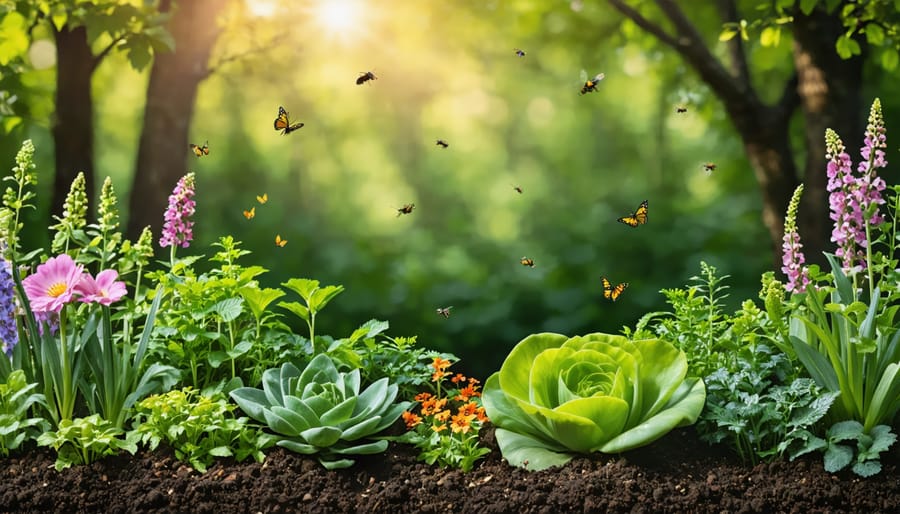
Integrating Animals: Chickens, Bees, and Other Helpers
Integrating animals into your garden can further enhance its regenerative capabilities. Chickens, for example, can be used to control pests, fertilize the soil, and turn compost. Bees are essential pollinators, increasing fruit and vegetable yields. And other beneficial insects, such as ladybugs and lacewings, can help control aphids and other pests.
When integrating animals into your garden, it's important to prioritize their welfare and ensure they are managed ethically and humanely. Chickens, for example, should be provided with adequate space, food, and water, and their manure should be composted before being added to the garden. Bees should be provided with a diverse source of nectar and pollen, and their hives should be protected from pesticides.
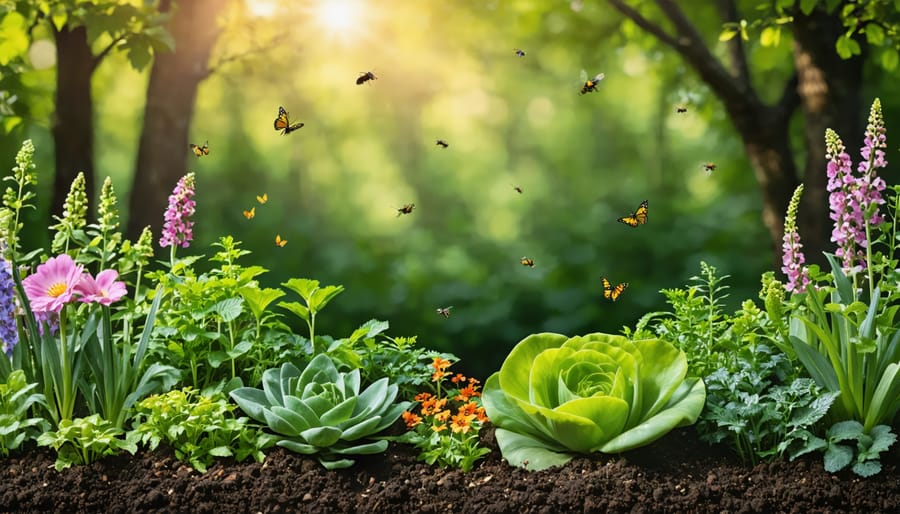
A Journey of Continuous Improvement
Regenerative gardening isn't a destination, but a journey. Embrace the process of learning and adapting, and you'll be rewarded with a healthier, more vibrant garden for years to come. Start small, experiment with different techniques, and observe the results. And most importantly, remember that every step you take towards regenerative gardening is a step towards a more sustainable and resilient future.
As autumn sets in, now is the perfect time to start planning your fall cover crops. What regenerative gardening practices are you using in your garden? Share your tips and experiences in the comments below!